NEWS FROM THE MEADOWS - 29. May 2021
The developing flower of the Carduus nutans thistle ...
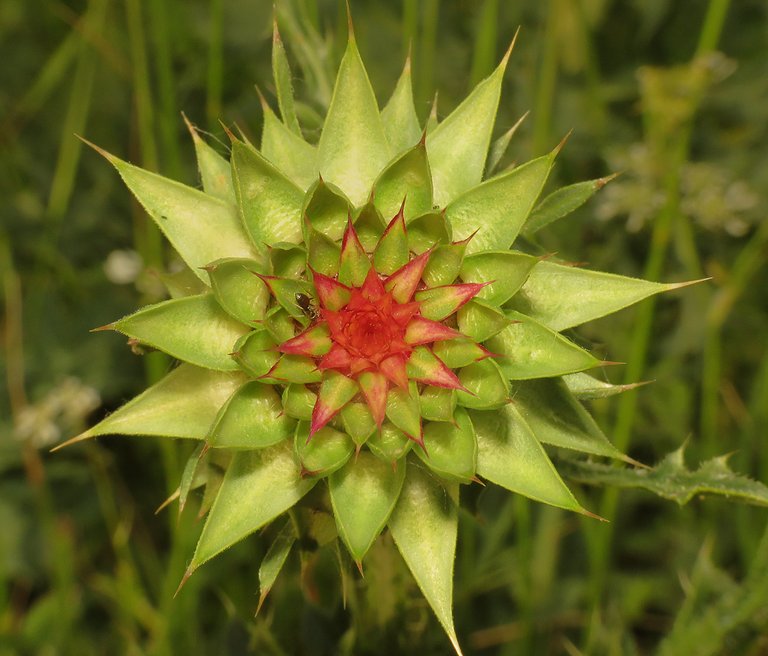
... looked like a psychedelic ornament, a perfect start of the adventure in the strange macro wonderland ...
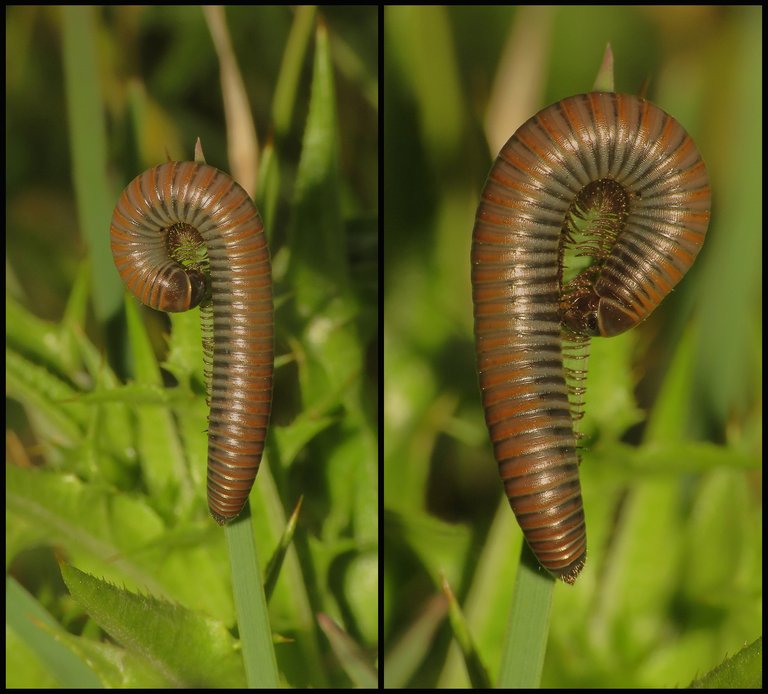
... and soon I came across a millipede that was slowly unfolding and creating a series of shapes that looked like symbols ...
... or elegant line - art abstractions.
Pachyiulus varius is the name of this species.

The interesting flowers of the poisonous Aristolochia rotunda plant ...
... were photographed soon after ...

... near the shallow salty pond, separated from the sea with a narrow natural embankment made of pebbles deposited by the waves.
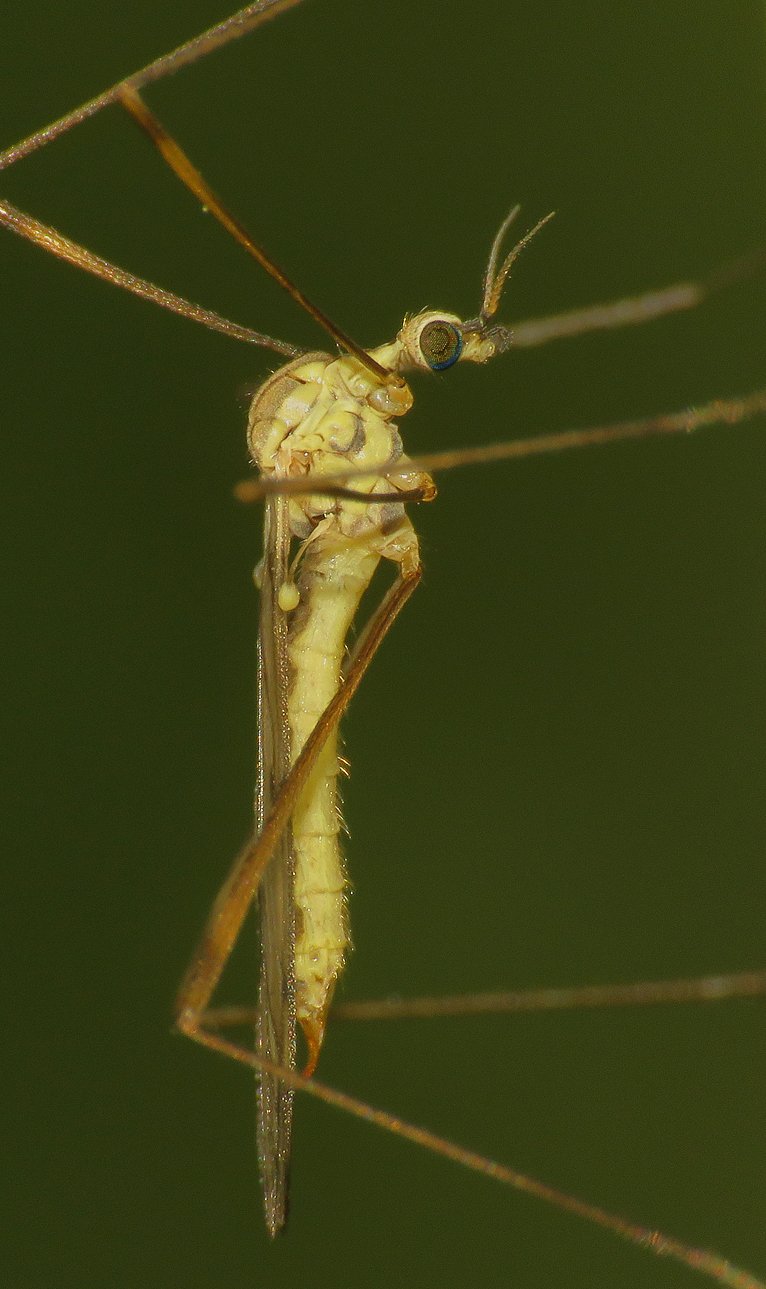
The Limonia phragmitidis crane fly ...
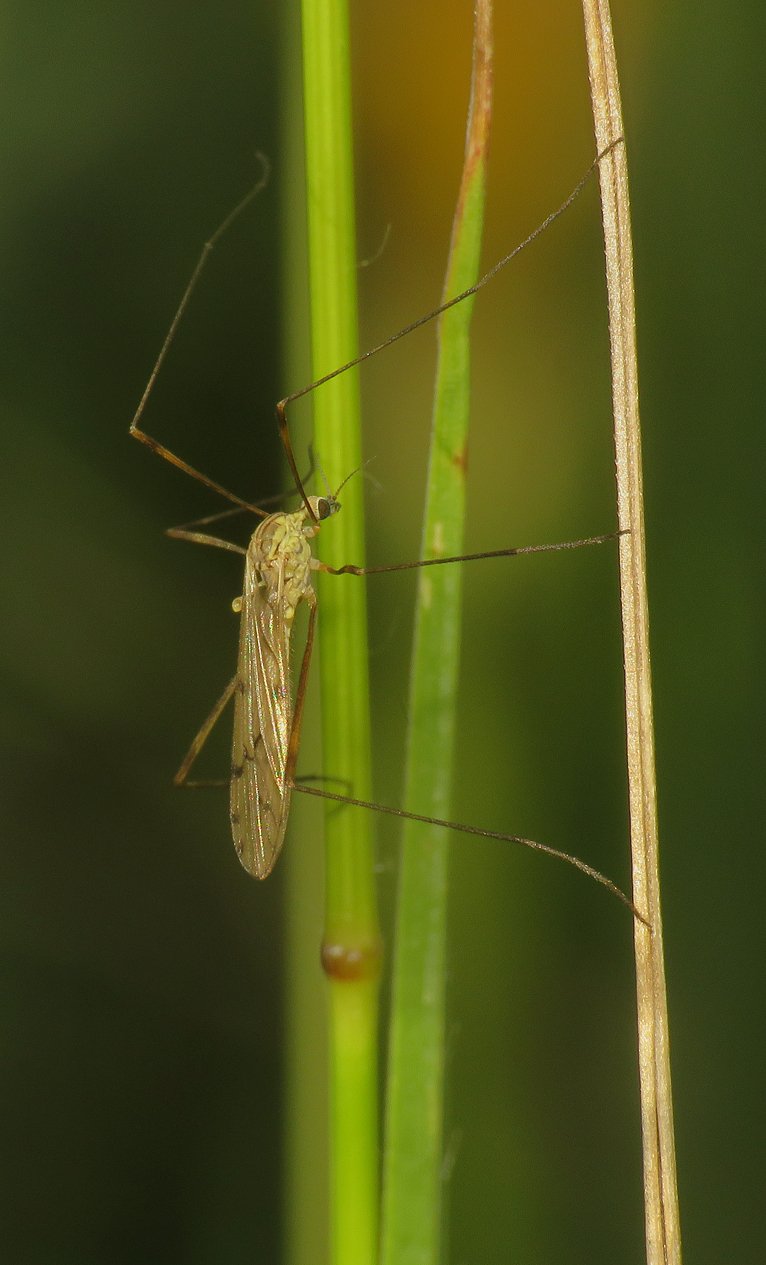
... was resting on the relatively tall stem of grass ...
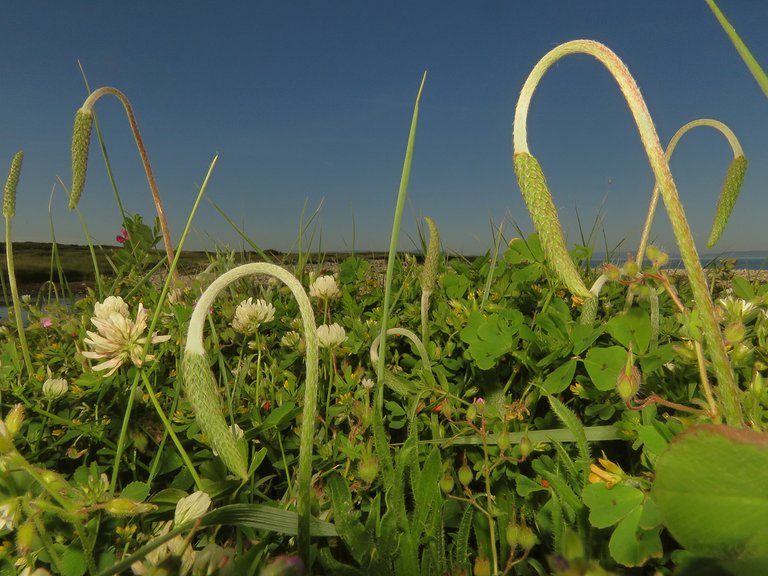
... above the dense growth of Trifolium nigrescens clover and more sporadic Plantago coronopus flower heads.
On the vegetation closer to the shallow brackish water I found some small fly from the Chironomidae family ... and then ...
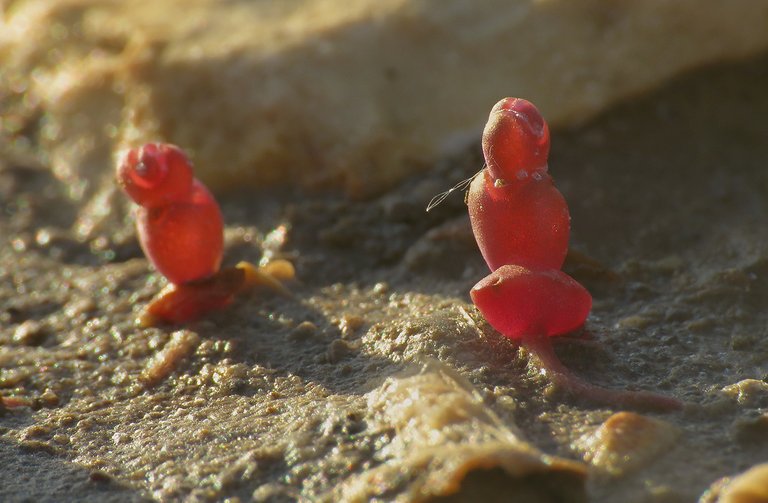
... after taking two shots of these interesting young primary shoots ...
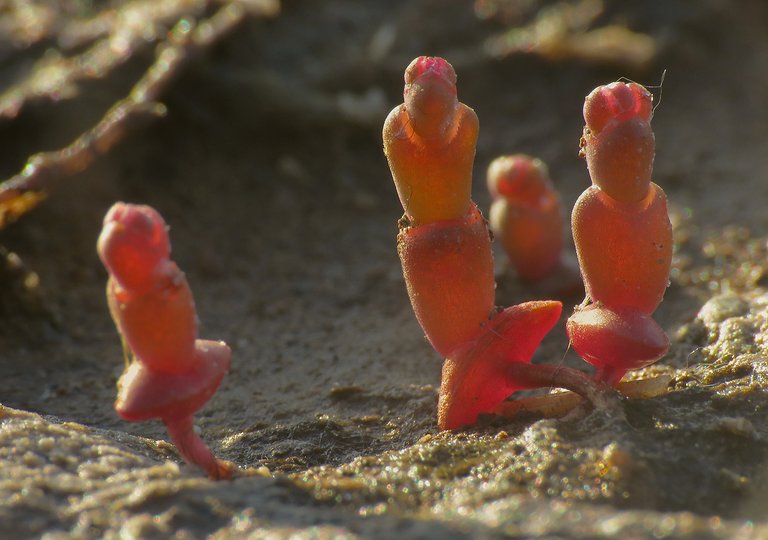
... of the Salicornia prostrata plant, that grows in the tidal zone ...
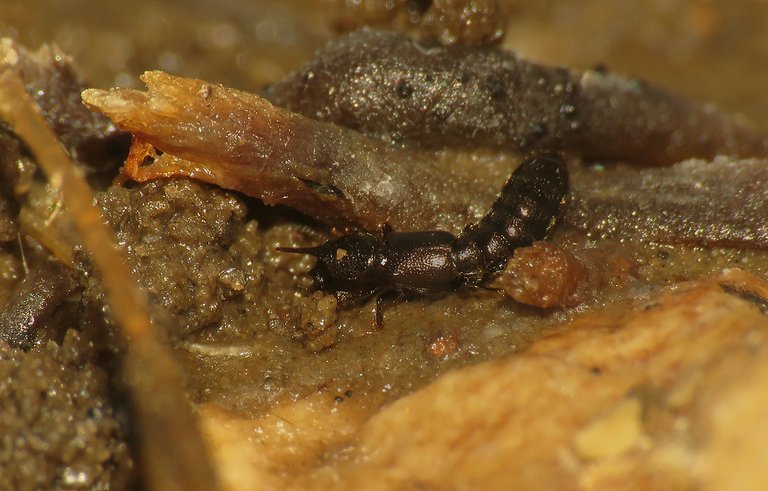
... I noticed something that looked like some kind of minuscule larva, crawling down in the mud ... when I took a better look through the macro lens, it was clear that this is something new for me ... some kind of unicorn rove beetle that I never saw before in nature ... nor in books and on the Internet.
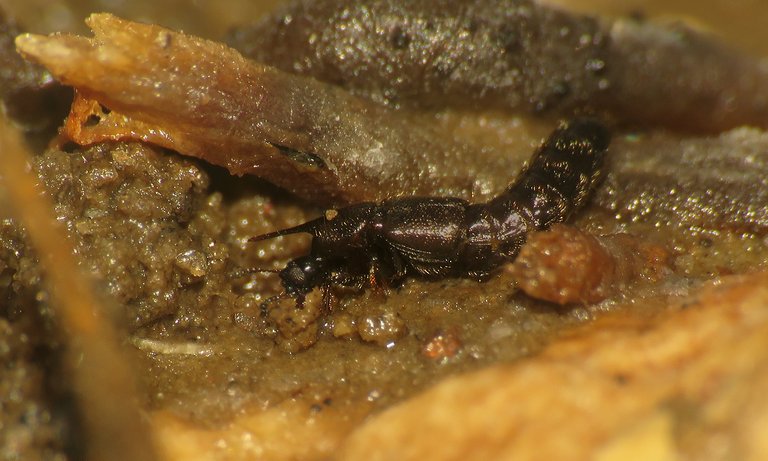
Some hours later, at home, while preparing this post I found out that this is the Bledius unicornis, an interesting rove beetle that lives and burrows in the mud of the tidal zone. After this encounter ...

... I left the coastal pool ...
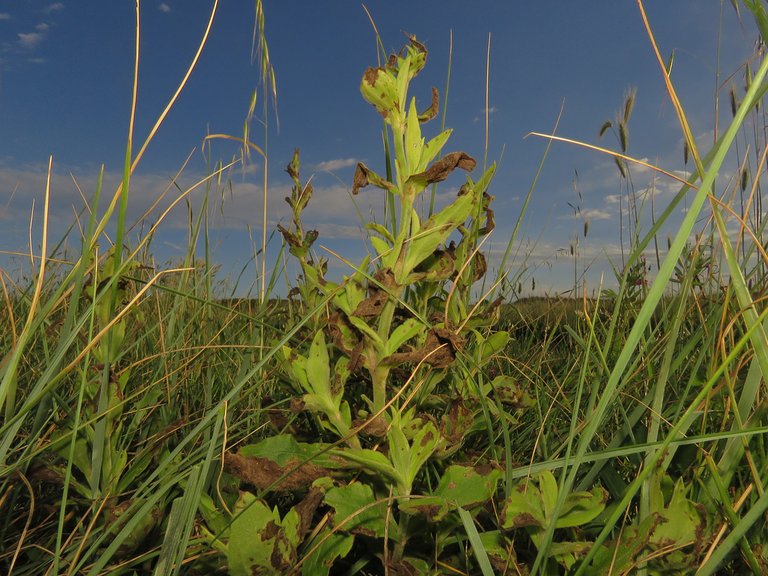
... and continued through the grass, where about twenty meters further, I came across a group of plants partially covered with brown stains and dried out parts that looked like some fungal or bacterial disease.
There, on the rotting leaves I found a bunch of these larvae ...
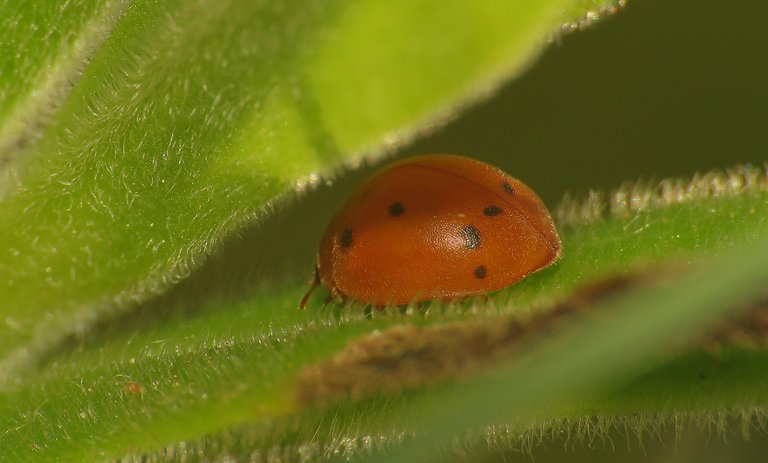
... and a couple of lady beetles.
These were the Subcoccinella vigintiquattuorpunctata lady beetles ...
... and their larvae.

While the majority of lady beetle species are carnivores that feed mainly on aphids and some other small insects, the Subcoccinella vigintiquattuorpunctata, as an adult and as a larva, feeds on fungal molds on leaves of various plants.
I never encountered so many of these lady beetles and their larvae in one place.
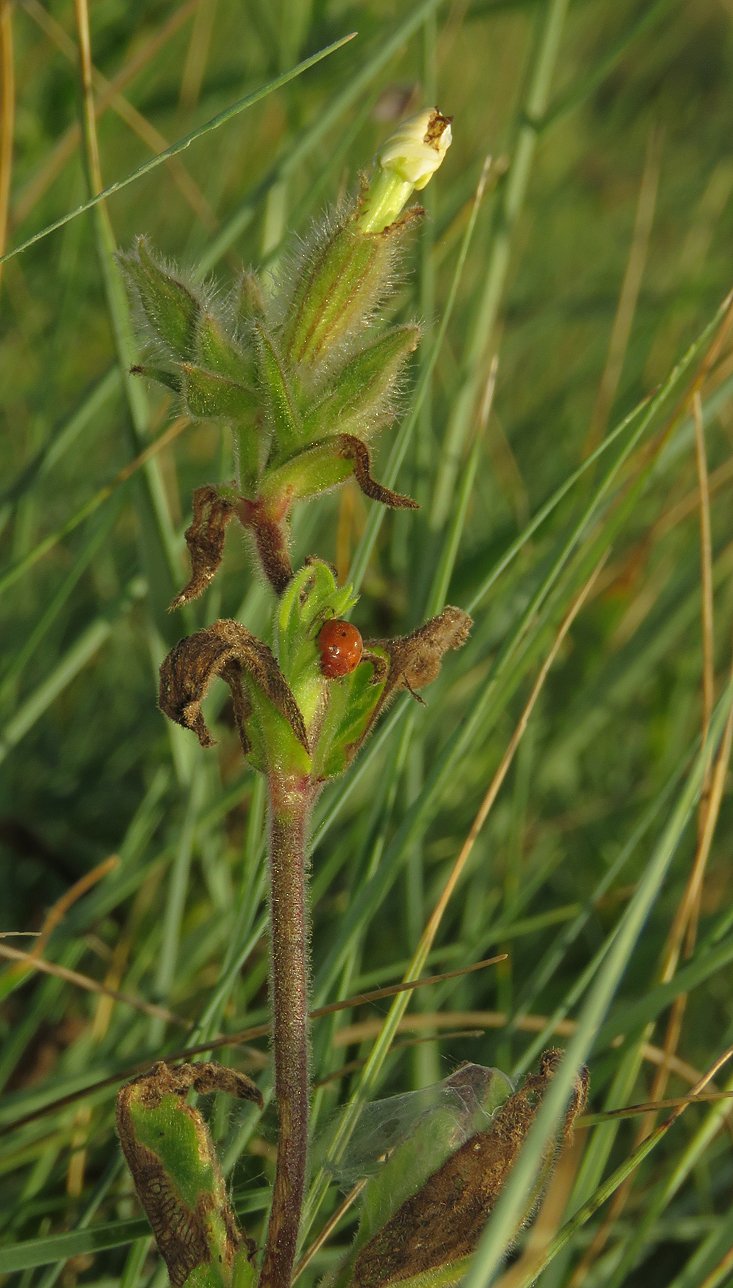
After this shot I continued walking ...
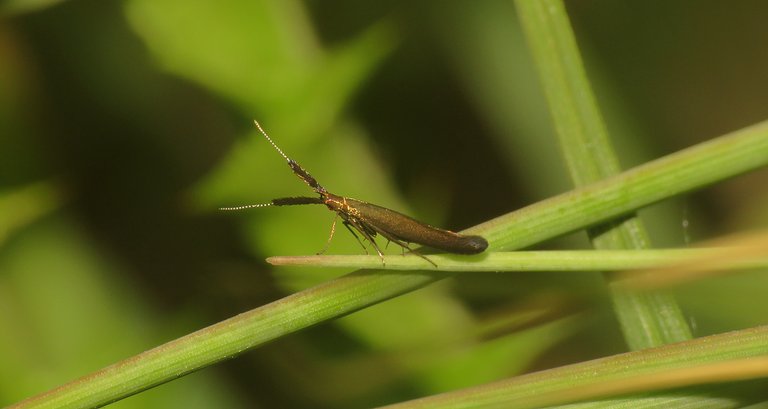
... and I encountered some strange and interesting creatures along the way ...
... the glittering Coleophora Mayrella moth that I never noticed before, a species that flies during the day and after dark and in larval stage feeds and lives within the flowers of the white clover (Trifolium repens) ...
... some small moth from the Epermeniidae family, could be the Epermenia pontificella, but I'm not completely sure about the species ...
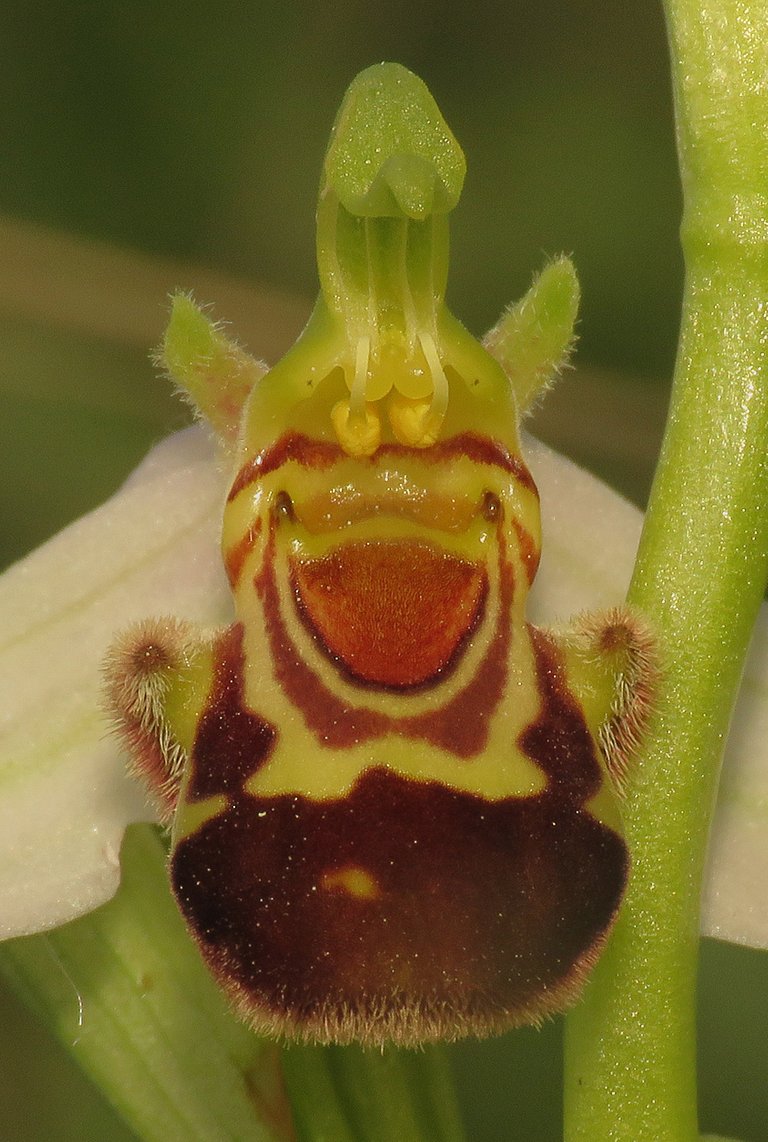
... and this always happy coastal Pokémon that greets the human visitors with a big, sunny smile ...
... hehehe just kidding :D that was a detail from the orchid flower.
This is the Bee orchid (Ophrys apifera) ...
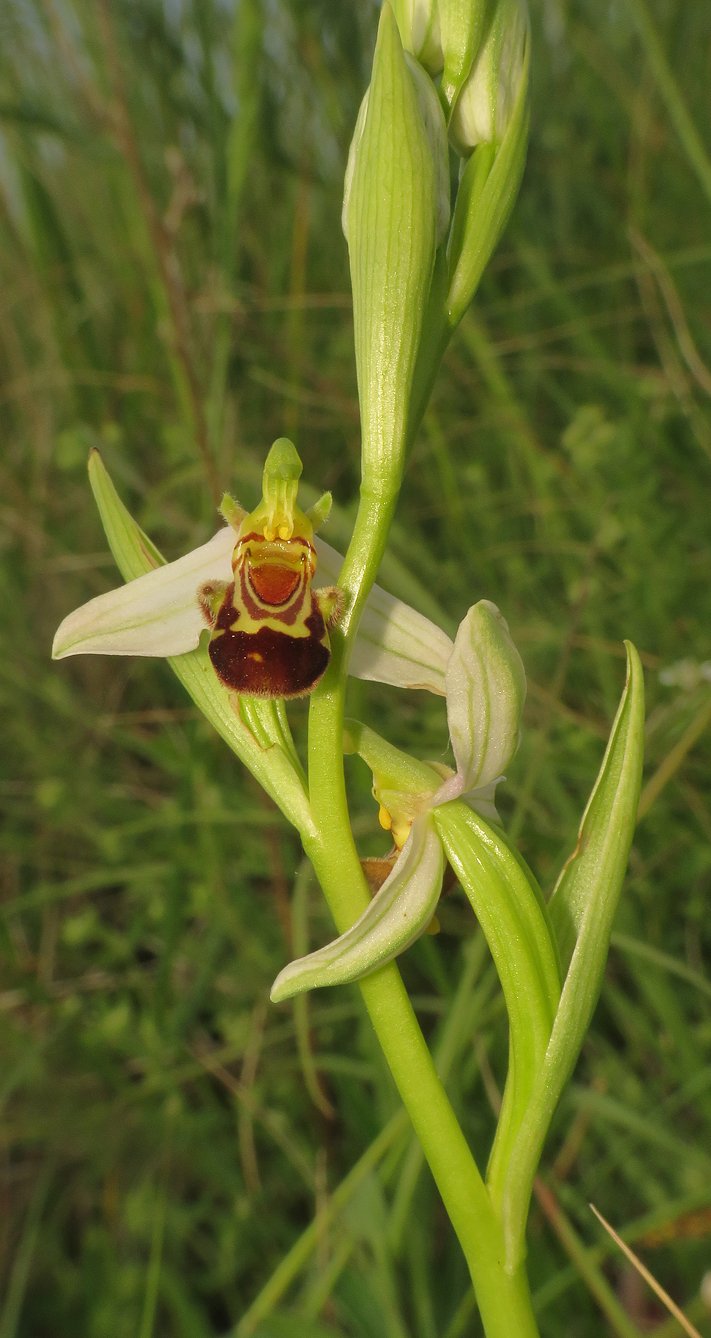
... a very cool example of sexually deceptive pollination strategy and floral mimicry, and a highly selective and highly evolved plant–pollinator relationship.
It grows in grassy areas in Central and Southern Europe, North Africa and Middle East.
Interestingly, the flowers are almost exclusively self-pollinating in the northern ranges of the plant's distribution, however pollination by the solitary Longhorn bee Eucera longicornis occurs in the Mediterranean region, where Ophrys apifera is more common.
Eucera longicornis males have been observed attempting to copulate with the flowers, which emit substances that mimic the scent of the female bee.
In addition to chemosensory mimicry, the labellum of the orchid acts as a visual decoy that the male bee confuses for a female.
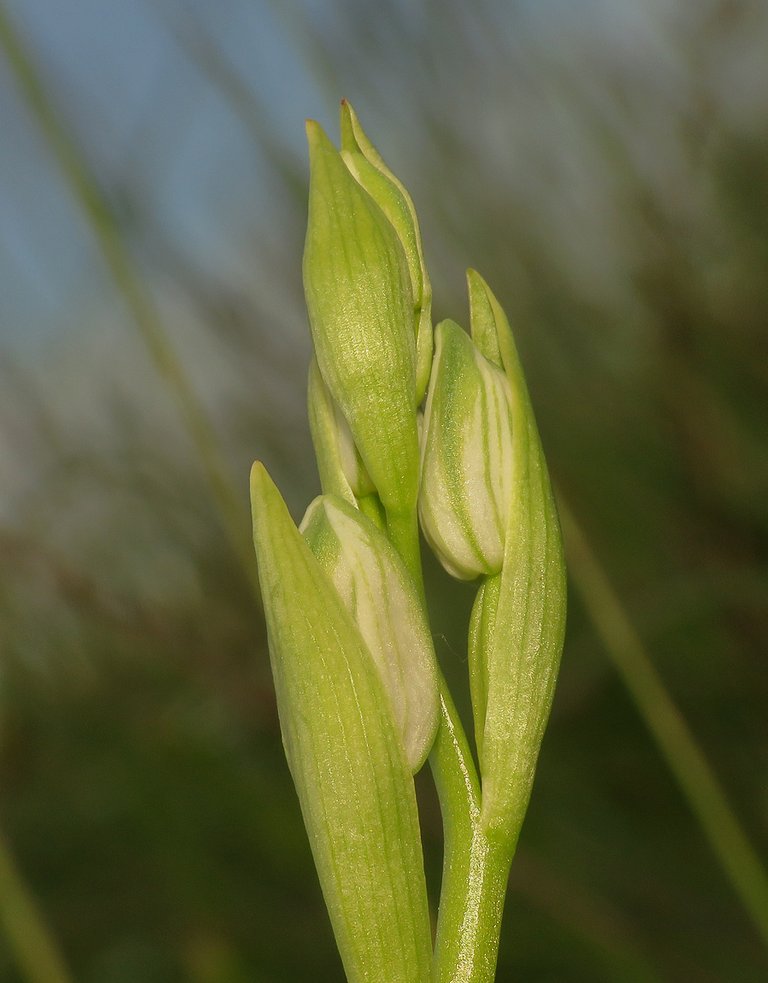
Here you can see the closed buds on the top of the plant, from which more flowers will develop soon.
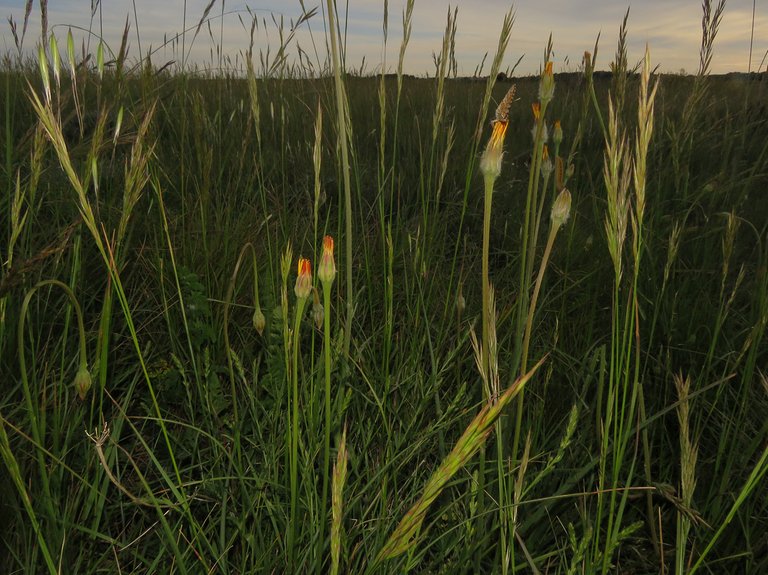
Some meters further I came across a group of closed dandelion - like flowers, I wasn't able to find out the exact name of the species through my usual internet search ... and at first ...
... I noticed only the pretty visible Melitaea phoebe butterfly ...

... but then, on the neighboring flower ...
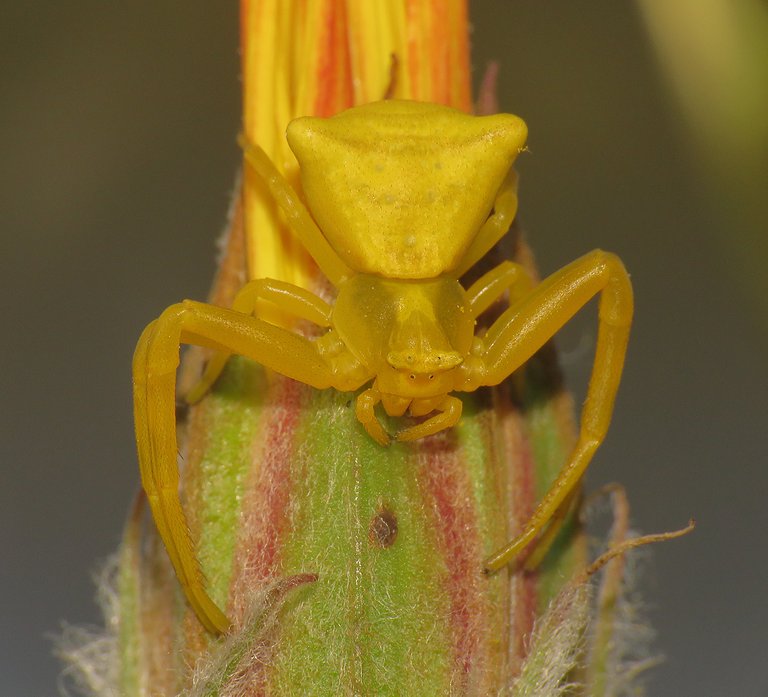
... I discovered a camouflaged crab spider, the yellow version of the Thomisus onustus spider.
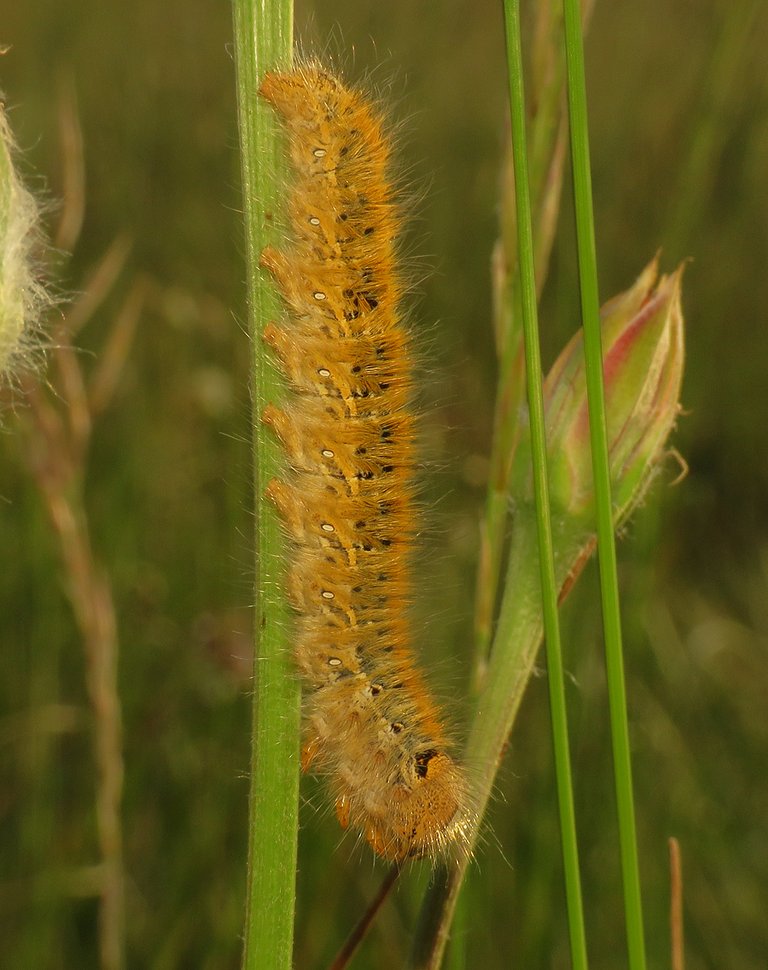
On the stem under the third flower, I photographed the big furry caterpillar of the Lasiocampa Trifolii moth ...
... and then, after taking one more group portrait with all those flowers and the wider scenery ...
... I continued my rambling around the meadows ... surrounded by many colorful flowers ...
... and some well camouflaged little creatures ...
... creatures like this small moth that I never saw before ... I haven't found out the name of the species ... yet ...
... and the elongated Coleophora trochilella moth that easily disappears from sight among the straws and leaves of grass.
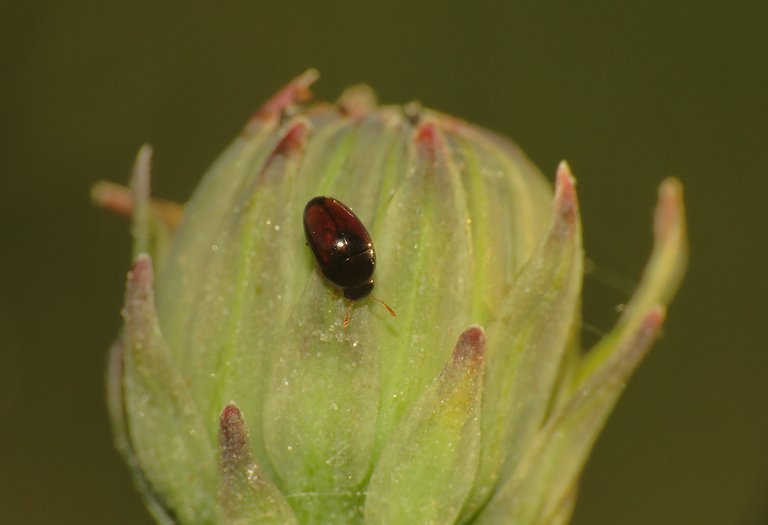
Some minutes later I found this minuscule beetle ...
... it looked like a moving dot with the naked eye, but when seen through the macro lens ...
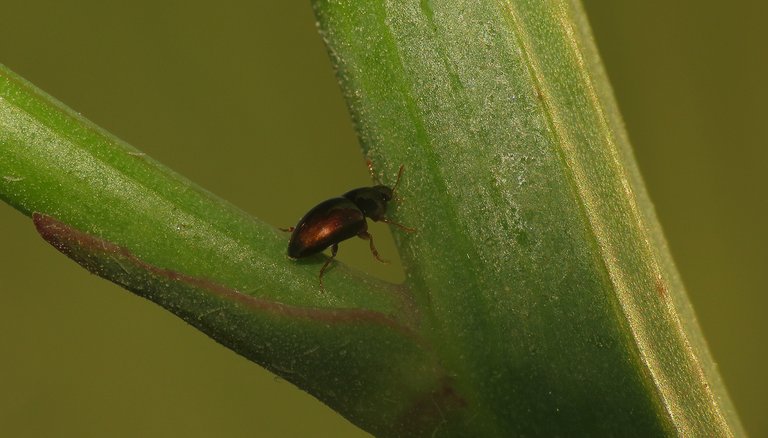
... it became soon clear that this is the Olibrus affinis, from the Phalacridae family ... commonly known as the shining flower beetles.
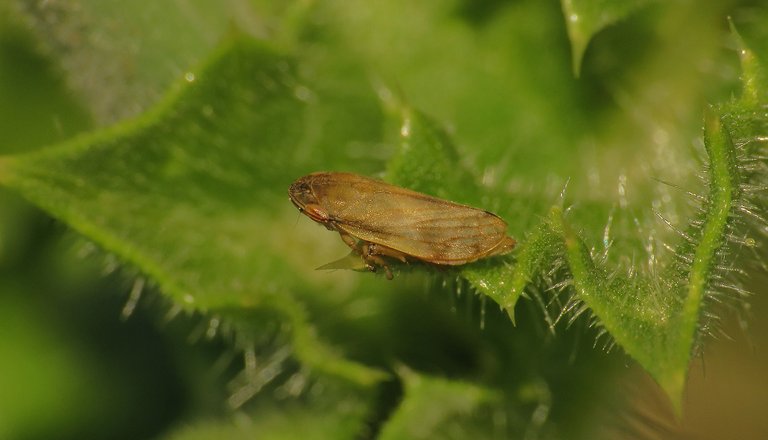
On the thorny leaf of the nearby Scolymus hispanicus thistle ...
... I photographed a bunch of Philaenus spumarius froghoppers ...

... and then returned home to prepare this post.
As always in these posts on HIVE, the photographs are my work ... and as always in this NEWS FROM THE MEADOWS series - they were all taken today.


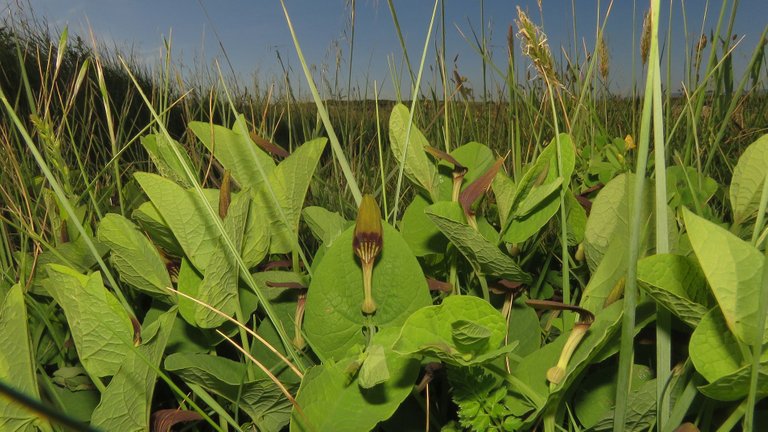
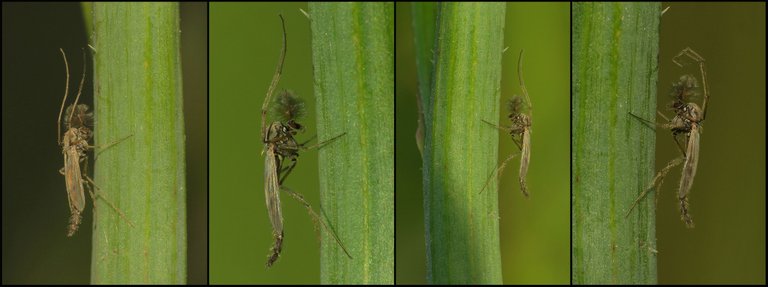
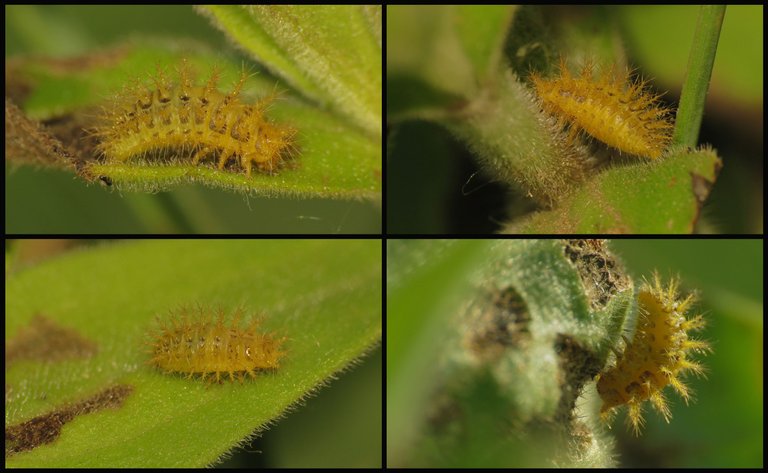



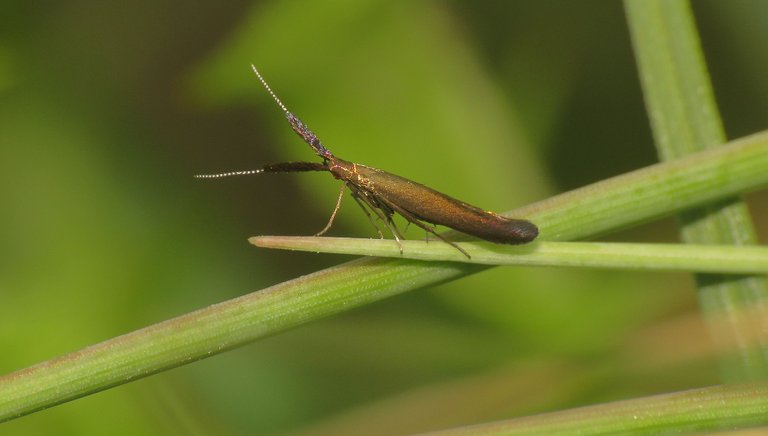
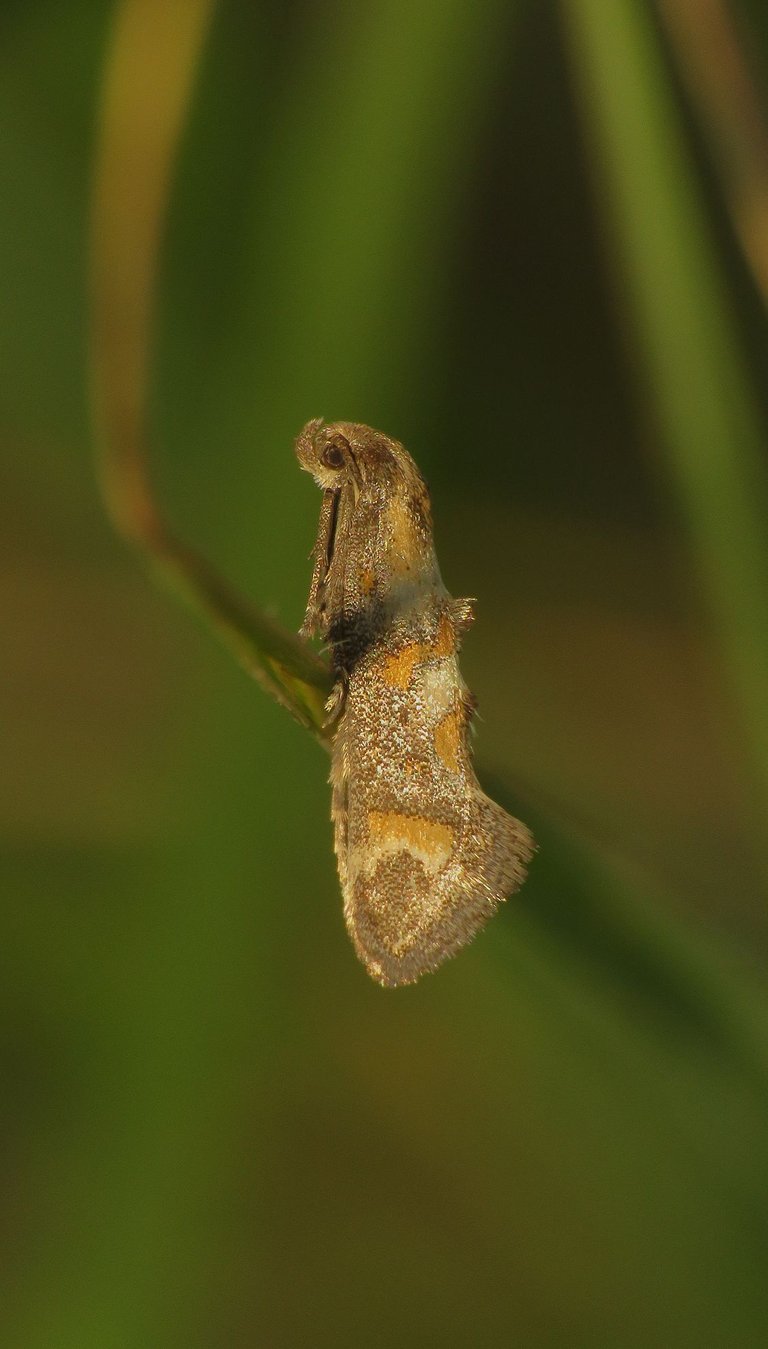



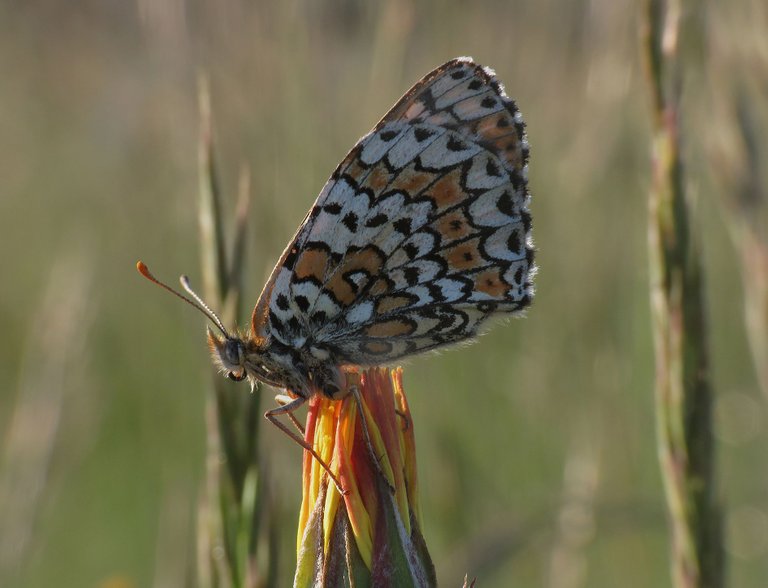
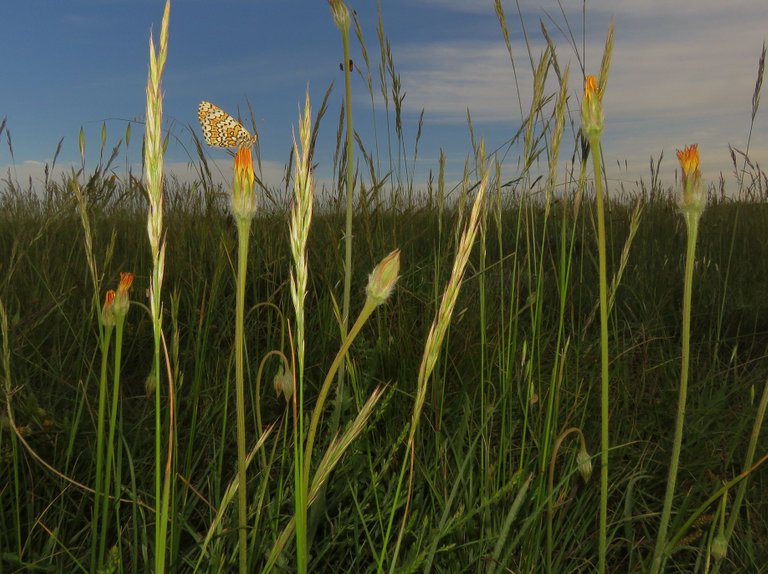
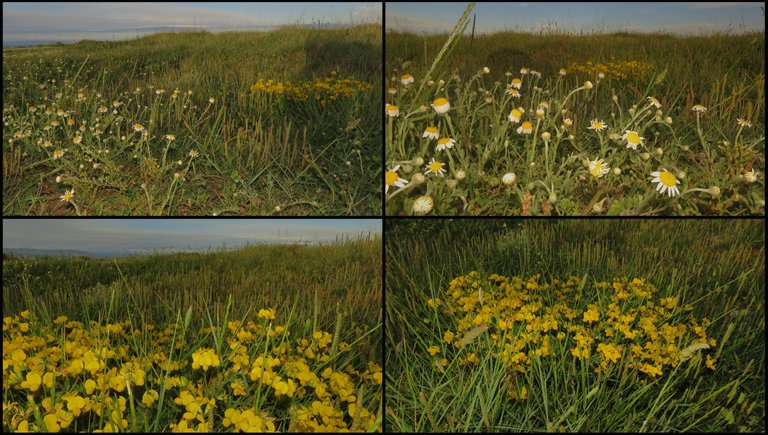
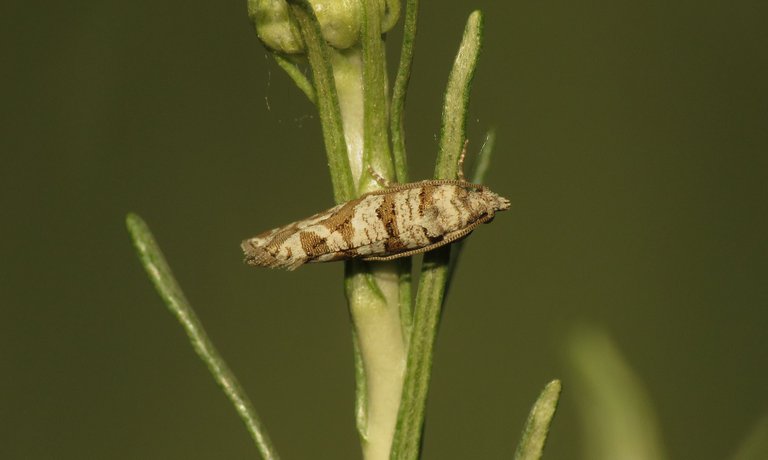
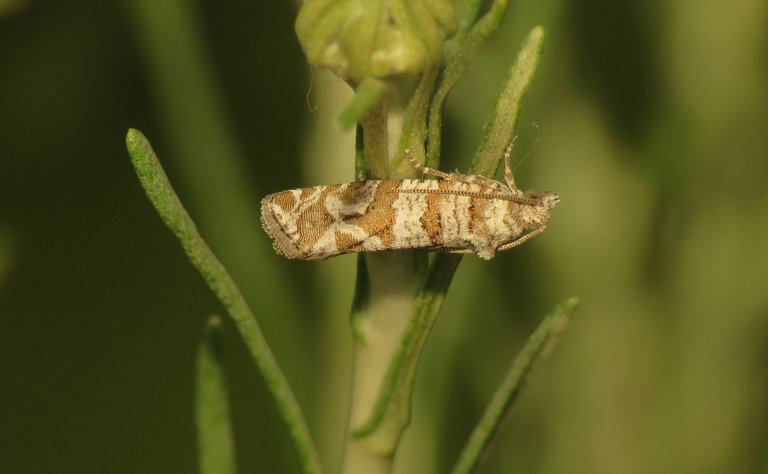
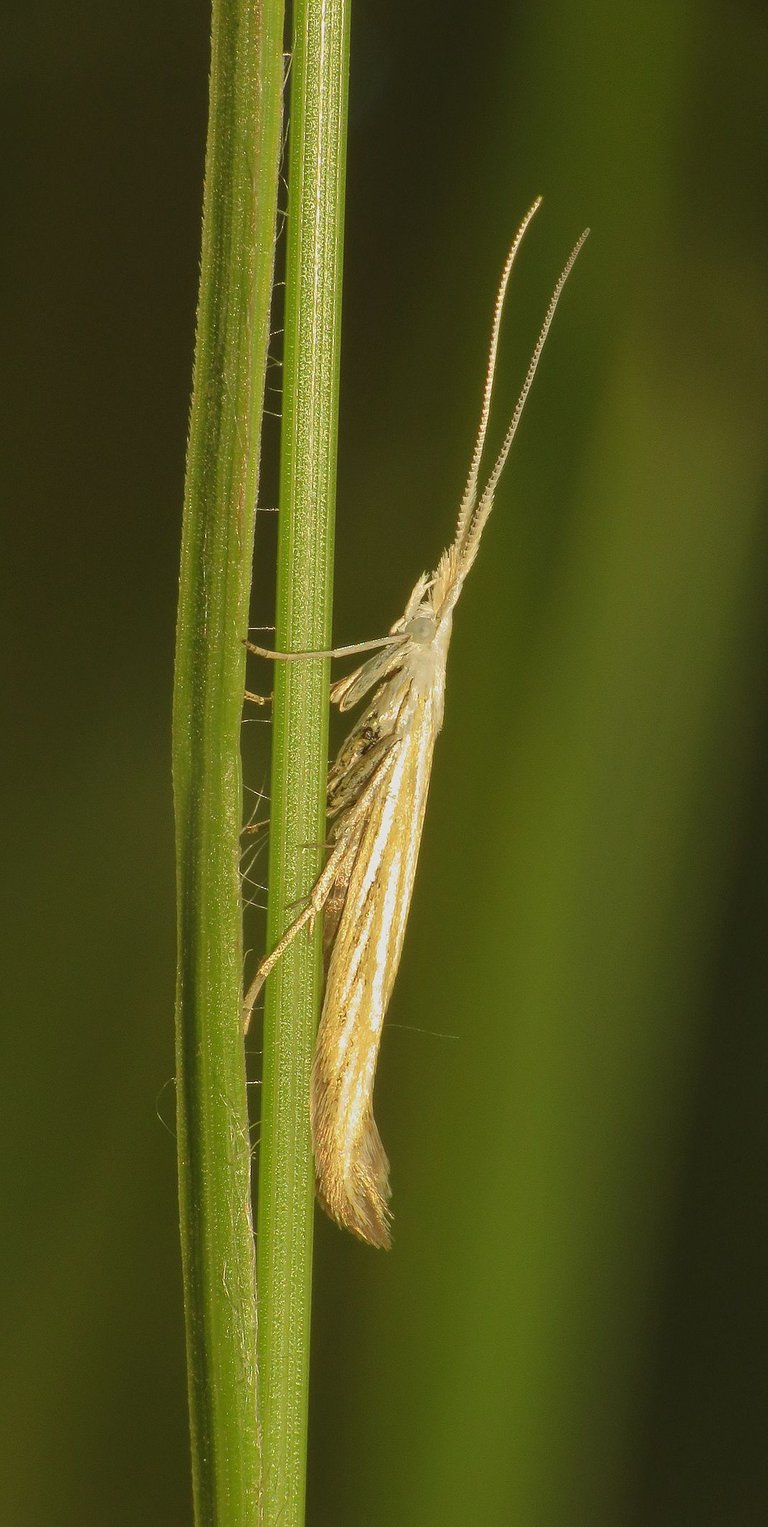

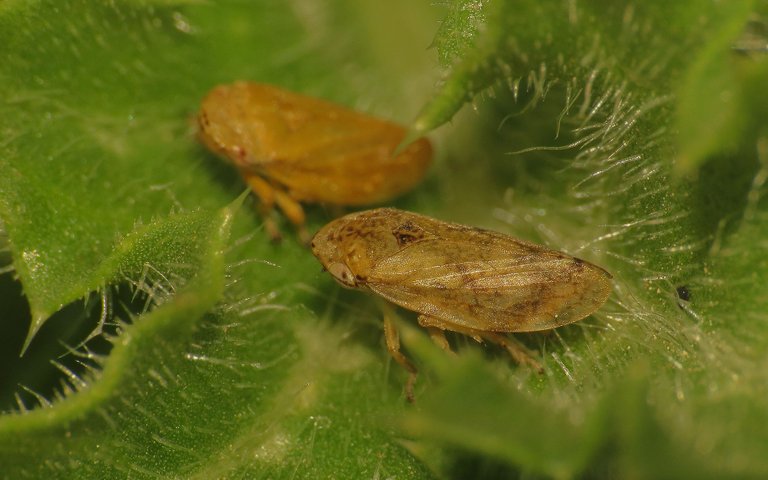
Beautiful thistle flower Carduus nutans, I didn't know it.
And the photos of the insects, it is a fascinating world that I am exploring through your photos my friend @borjas.
Thanks for sharing, they are wonderful, you can appreciate every detail.
Wow! You have been busy. So many nice photos of spring activities of creatures on the green meadows.
The bee orchids are very beautiful. I hope spring and summer months will last longer this year! Nice day to be among nature!
Loved the millipede shots, very cool! That Bee orchid had lovely designs on it. The Melitaea phoebe butterfly on the flower just stood right out, so eye catching.
A great and diversified range of insects and flowers here and a well detailed post that deserves a Twitter share.
Cheers and have some !PIZZA
@borjan! I sent you a slice of $PIZZA on behalf of @papilloncharity.
Learn more about $PIZZA Token at hive.pizza
Thank you :) Cheers ... glad you like this macro report from the meadows in my area.
My pleasure and great shots my friend!
https://peakd.com/@dna.org
Hello; @borjan
We appreciate your work and your post was manually shared on Twitter by @papilloncharity from the DNA team!
Reach us on Discord to learn more about the project!
Thank you :)